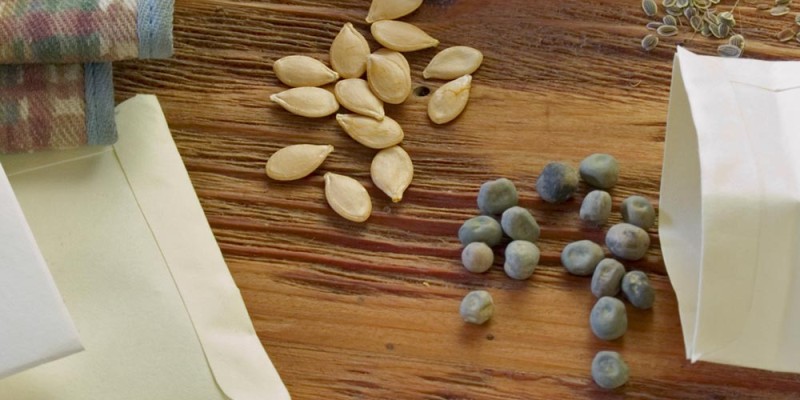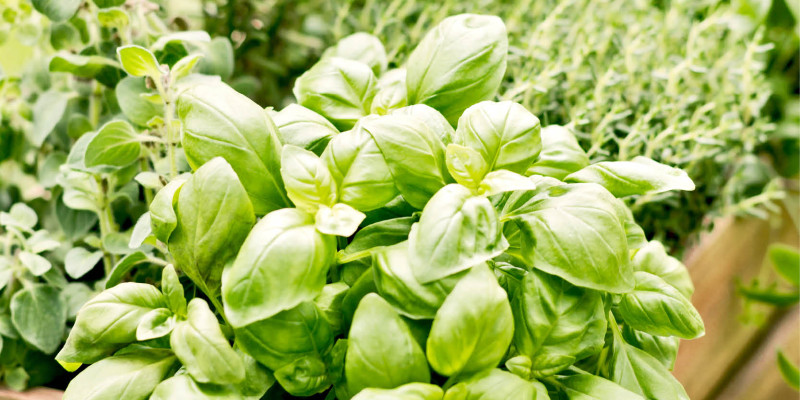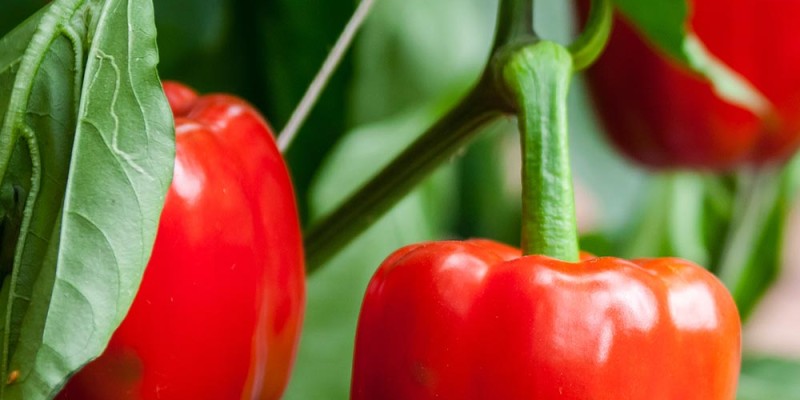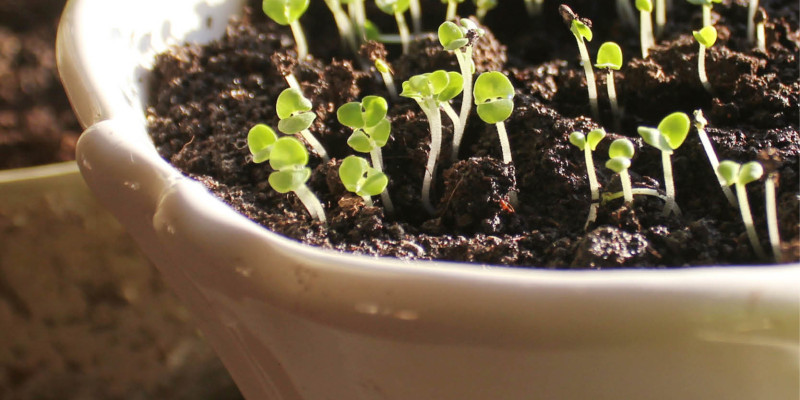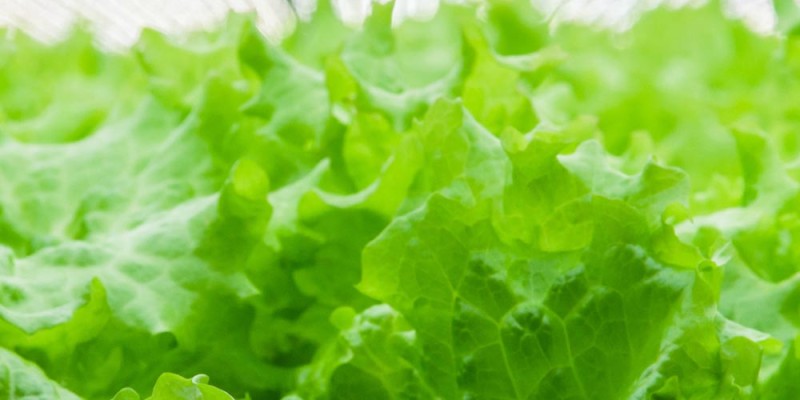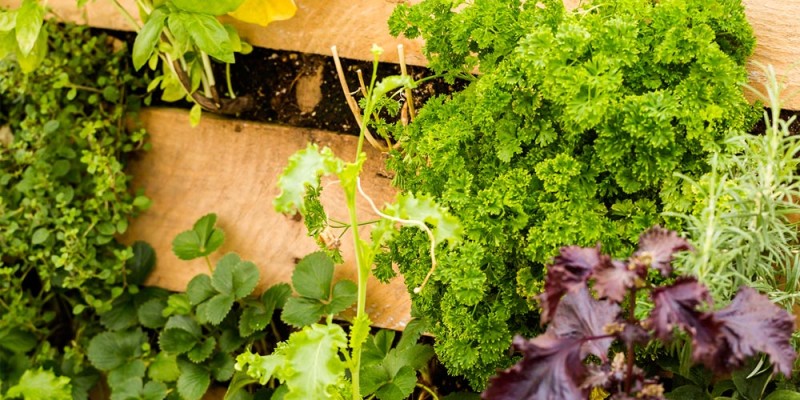Introduction
Last week I showed you how I build the shelf system I will be using to grow over the winter. The top shelf takes advantage of my South facing window to grow plants while the second lower shelf will need to rely on grow lights.
There are tons of options when it comes to grow lights. From the expensive high tech to the lower costing shop lights it really depends on what you are trying to get out of your lights.
Generally I will use my system to grow seedlings to get a head start on the summer. For this Fluorescent or CFL bulbs are more than sufficient. As a bonus I have been able to grow hot pepper and cherry tomatoes indoors under these lights.
Today I am going to go through quickly how I select and purchase my lights and how to install them into our shelf system.
Light Source
With natural light you can get away with 6-8 hours of direct sunlight when using grow lights even the best are not nearly as powerful as the sun and you will want run them for between 12- 18 hours a day.
What is the best Florescent light for an indoor grow operation?
Lets start with the type of florescent bulbs you need. This information applies to both fluorescent tubes and compact florescent bulbs. They are the same thing just in different configurations.
Is a T8 bulb better than T12 for growing plants?
The “T” rating on a bulb is the measure of the diameter of the bulb in eighth of an inch.
Generally speaking the lower the T number the better it is for growing your plants. The lower T rating bulbs are able to more efficiently use the power and turn it into usable light for photosynthesis.
In this case I will be selecting T8 bulbs over the T12.
Do Lumens Matter?
Lumesn are a unit of measurement that describes the amount of visible light in a square meter. As plants generally use the Blue and Red spectrum that is not well represented in the visible light spectrum this unit is not as useful as others when purchasing grow lights.
How many Watts do I need to grow plants?
Watts is quite simply the amount of electricity the bulb takes and converts to light. When selecting your bulbs the rule of thumb is the higher the watt of bulb the better it is for growing plants.
What is a Kelvin rating and which one do I need to grow plants?
Kelvin rating or Colour Temperature is a very important rating for growing plants. The sun puts off a wide spectrum of light however florescent bulbs are somewhat limited and often have a Kelvin rating or colour temperature. [3]
Photosynthesis uses two wavelengths most efficiently they are 6500 and 2100 Kelvin [1] This is not to say plants cant use others however 6500 and 2100K wavelengths are going to be covered at a much higher rate into sugars than others.
Unfortunately most florescent tubes do not have the Kelvin rating on the package but they do usually have a colour temperature. If you select lights marked as ”Warm Glow” that is usually around 2100k and “Cool White” is usually right on 6500.
Usually I alternate one bulb at 6500 and one at 2100K
This year I purchased two bulbs around 6500 and two Phillips plant growing bulbs that are said to have put off light in both the 2100k and 6500k ranges.
What light ballast should I get?
Now that you have selected your bulbs it is time to find a ballast or fixture. When selecting a ballast I am generally going to look for one that is has reflectors and is rated for T8 bulbs.
Fluorescent lights send light out equally in all directions. The reason I prefer having reflectors so the light that is not originally heading towards the plant is reflected back to what I want to grow.
If you have surfaces, like a wall, near the grow space white will do a much better job reflecting the light back to the plants than say a mirror.
How to install Grow lights on a shelf.
installing the lights in my grow shelf is fairly simple. I have selected some screw in mounts that will allow me thread string through and support the light. It is important that these mounts can handle the weight.
You will want to make sure they are placed close to a bracket and in the same place both in reference to the width and depth of the shelfs under surface. Spreading the weight will help keep things stable.
I pre drill the location where I want to mount using a small bit. The screw will still need quite a bit of wood to chew into in order to hold the weight of the light fixture.
I have installed 4 in order to help balance the weight across the shelf.
Threading through the space allows me to use string to mount the fixture. This makes it easier for me to raise and lower the light as the plants grow.
So how much did this grow light system cost?
The 4 bulbs i purchased cost me 29.41 while the blast was 69.98 for a total of 99.39 Canadian. the same systems in the US looked to be about would run you about 89.85 USD.
Last week I estimated that my two shelf grow system should be able to generate 96 – 160$ worth of plants a year. Combine with the cost of the shelf at 84.54 Canadian the total project cost of 183.93 should be paid off between just over a year and two years worth of growing. This is excellent as this system should keep me growing indoors for years to come.
If you would like to know more about other grow light technologies or would like to know how I use my fluorescent bulbs please check out the links to the videos on screen now.
Indoor Growing Playlist
[1] http://www.usa.philips.com/e/led-lighting/warm-white-led-lighting.html
Grow Lights Explained CFL LED and HPS:
How to Grow Plants using CFL or Florescent Lights:
Indoor Growing Playlist:
References:
[1] Light Colour to Kelvin rating:
http://www.usa.philips.com/e/led-lighting/warm-white-led-lighting.html
https://en.wikipedia.org/wiki/Fluorescent-lamp_formats [3] Wavelengths of light care of Popular Mechanics
http://www.popularmechanics.com/technology/gadgets/reviews/g164/incandescent-vs-compact-fluorescent-vs-led-ultimate-light-bulb-test/ [4] Visible Light Diagram care of inda-gro.com
http://www.inda-gro.com/IG/?q=node/53 [5] Additional information on bulbs
http://www.waynesthisandthat.com/fluorescent.html [6] Photo Credit Chlorophyl absorption peaks
http://pinklightaeroponics.net/wp-content/uploads/2014/02/Photosynthesis-Absorption-Spectrum.gif
